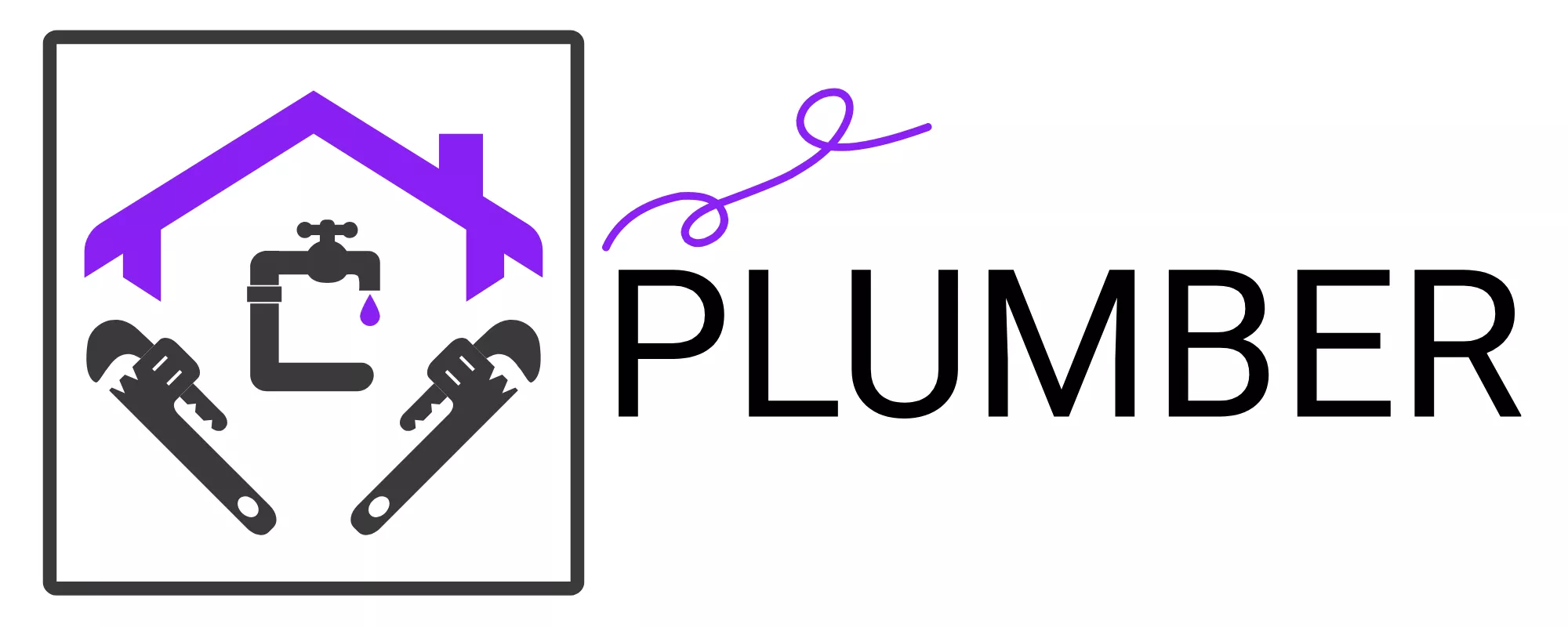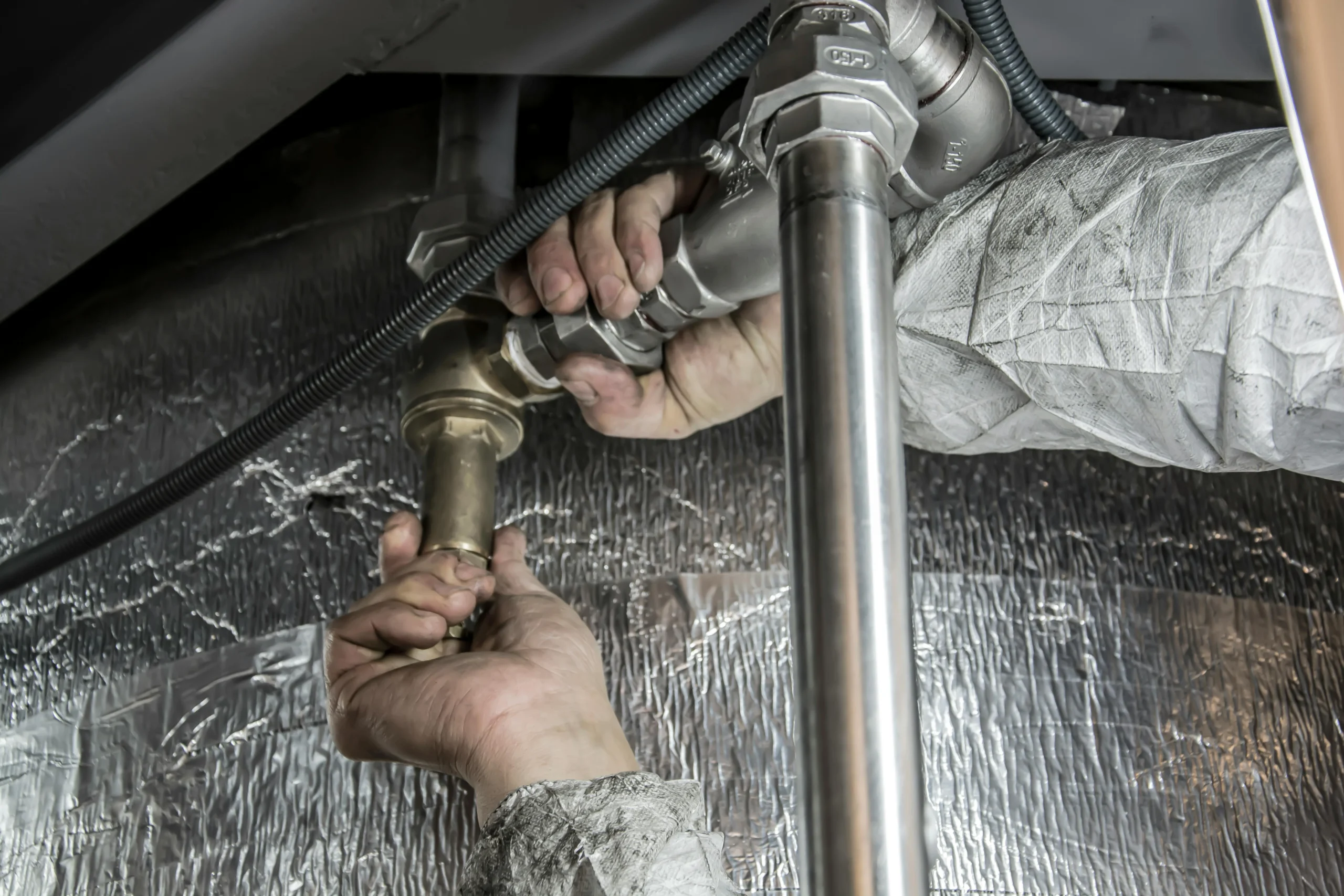Sewer Line Repair & Replacement – Expert Solutions for Long-Lasting Plumbing Systems
Introduction
The sewer line is one of the most critical parts of your plumbing system, responsible for carrying waste and wastewater away from your property. When it fails, the consequences can be severe — from foul odors and slow drains to property damage and health hazards.
Whether it’s a minor blockage or a complete collapse, sewer line repair and replacement require quick action and professional expertise to prevent further damage. In this article, we’ll discuss the signs of sewer line issues, the repair and replacement process, and how to avoid future problems.
1. Signs You Need Sewer Line Repair or Replacement
A sewer line problem rarely happens overnight. Usually, there are warning signs:
- Slow or Clogged Drains – Multiple drains backing up at the same time often indicate a main sewer line blockage.
- Foul Odors – Persistent sewage smells around your home or yard are a red flag.
- Soggy Patches in the Yard – Leaking sewer pipes can cause wet, foul-smelling areas in your lawn.
- Gurgling Sounds – Air bubbles in the plumbing system can be a sign of sewer line issues.
- Mold Growth – Excess moisture from leaks can encourage mold and mildew inside the home.
If you notice these signs, it’s crucial to call a licensed plumber immediately.
2. Common Causes of Sewer Line Problems
Understanding what causes sewer line damage can help prevent future issues:
- Tree Root Intrusion – Roots naturally seek water sources and can penetrate sewer pipes.
- Aging Pipes – Older homes may have clay or cast iron pipes that deteriorate over time.
- Ground Shifts – Soil movement due to freezing, thawing, or construction can crack pipes.
- Grease and Debris Buildup – Pouring fats, oils, and non-flushable items down drains can cause blockages.
- Corrosion – Chemical reactions between pipe materials and water can weaken sewer lines.
3. Sewer Line Inspection and Diagnosis
Modern plumbers use advanced technology to locate and assess sewer problems without unnecessary digging.
- Video Camera Inspection – A waterproof camera is fed through the sewer pipe to pinpoint damage.
- Smoke Testing – Smoke is pumped into the system to detect leaks.
- Hydrostatic Testing – Water pressure tests can reveal hidden cracks or breaks.
These methods help determine whether a repair or full replacement is necessary.
4. Sewer Line Repair Options
a) Trenchless Pipe Repair
A minimally invasive method where epoxy liners are inserted into the pipe to seal cracks without digging up the yard.
b) Pipe Bursting
A new pipe is pulled through the old one, breaking it apart while replacing it simultaneously.
c) Sectional Repair
Only the damaged section of the pipe is replaced, ideal for localized issues.
5. Sewer Line Replacement
If the sewer line is severely damaged or collapsed, replacement is often the best solution.
Replacement Process:
- Site Preparation – Marking utility lines and planning the excavation.
- Excavation or Trenchless Method – Digging if necessary or using no-dig methods.
- Pipe Installation – New pipes, often made of PVC or HDPE, are installed for durability.
- Testing – Ensuring the new system is leak-free and functioning properly.
- Cleanup – Restoring landscaping and surfaces disturbed during work.
6. Benefits of Professional Sewer Line Services
- Accurate Diagnosis – Prevents unnecessary work and costs.
- Code Compliance – Ensures all work meets local building regulations.
- Durable Materials – Professionals use high-quality, long-lasting piping.
- Warranty Protection – Many companies guarantee their work.
Attempting a DIY sewer repair is dangerous and often illegal without proper permits.
7. Preventing Future Sewer Line Problems
- Avoid flushing wipes, feminine products, or grease.
- Schedule annual sewer line inspections.
- Trim trees and bushes near sewer lines.
- Install a backwater prevention valve to stop sewage backups.
8. Cost Factors for Sewer Line Repair & Replacement
Pricing depends on:
- Pipe material and length
- Depth and location of the line
- Repair vs. replacement
- Labor and permit costs
While costs can be significant, delaying repairs will only increase expenses due to property damage and health risks.
Conclusion
Sewer line problems are not just an inconvenience — they’re a serious threat to your property’s safety and hygiene. Whether you need a quick repair or a full replacement, hiring a qualified plumber ensures the job is done efficiently and correctly.
By acting quickly and scheduling regular inspections, you can avoid costly damage and keep your sewer system running smoothly for years to come.

